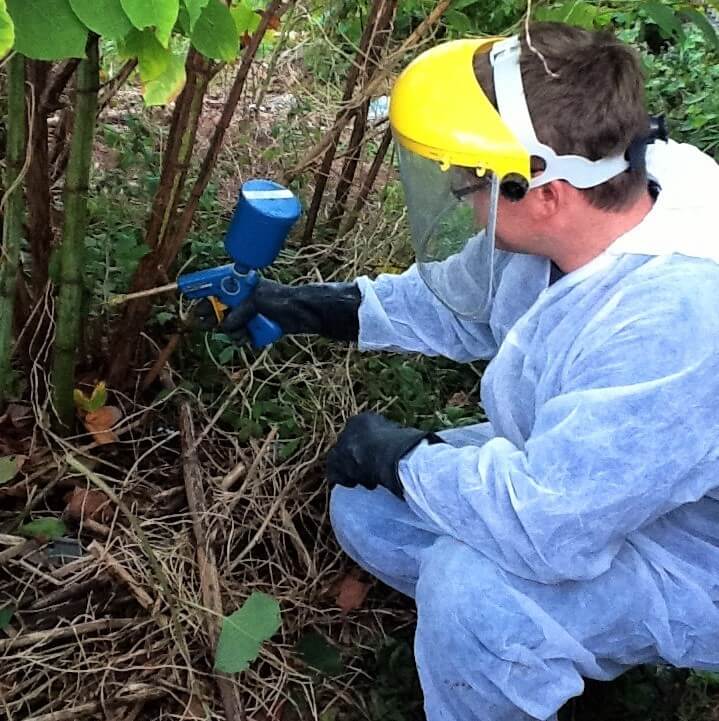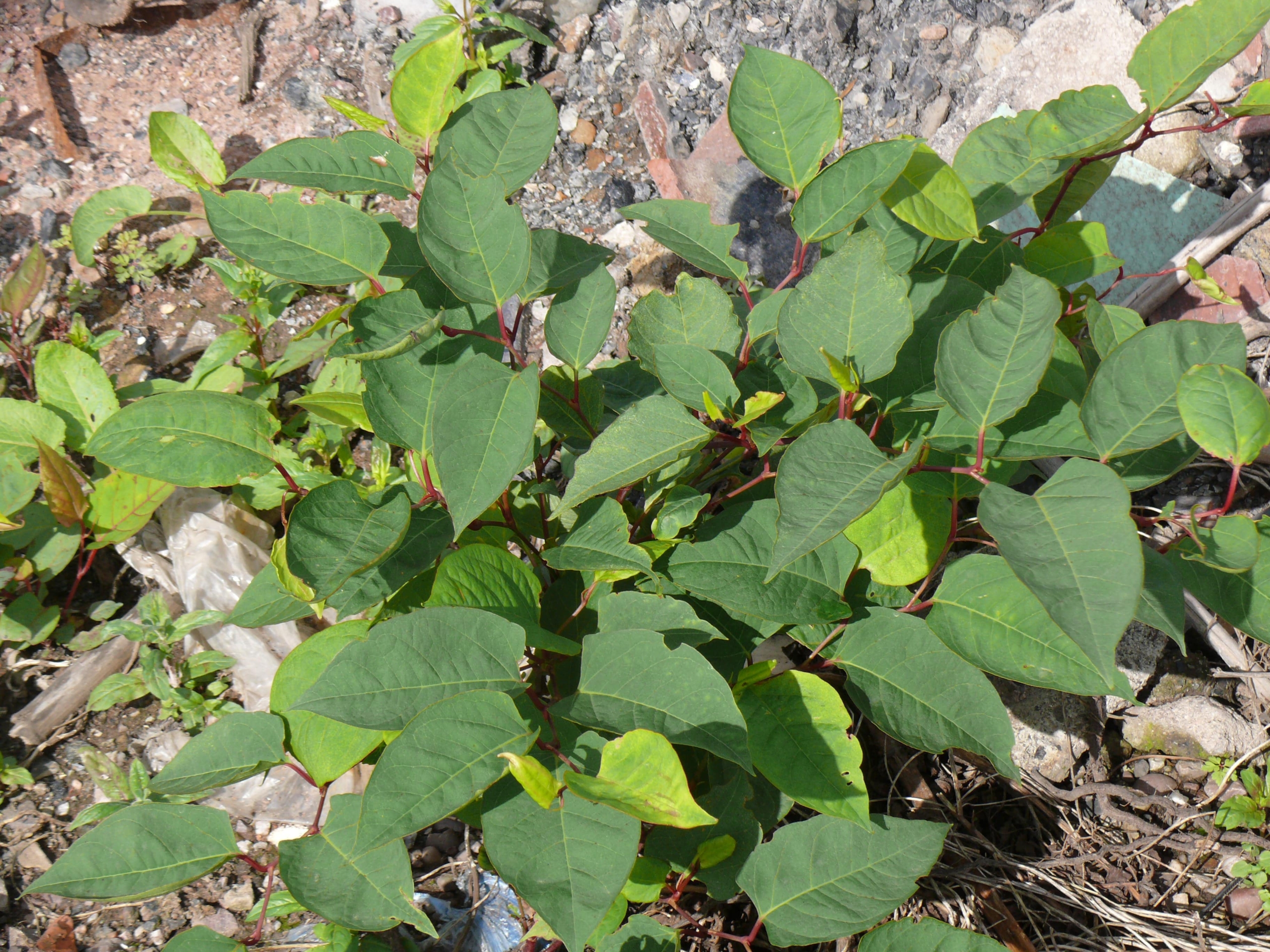
Can You Cut Japanese Knotweed?
It is tempting to try and clear Japanese knotweed yourself and hope that the problem will go away, or that other plants will stop the knotweed from growing back. This is not the case.
Do you believe you have Japanese Knotweed on your property? Well, this article is all about why you should not cut Japanese knotweed…

It is tempting to try and clear Japanese knotweed yourself and hope that the problem will go away, or that other plants will stop the knotweed from growing back. This is not the case.
Cutting Japanese knotweed can cause cross site contamination. If a fragment of the rhizome (this can be as small as your thumbnail) enters another patch of soil in your garden, then another stand of Japanese knotweed can start to grow, and the cycle of infestation starts again. You will then have the same problem but in a larger area.


It is also tempting to dispose of the Japanese knotweed stalks in your recycling bin, but this will result in you receiving a fine of £5,000 for a member of the public and £20,000 if you are a business (as per the Environmental Protection Act 1990). You have to get a controlled waste license to move Japanese knotweed off site. If you are licensed, typically the landfill site will ask for a soil analysis, WAC test along with other tests. This will cost you both time and money.
By cutting the Japanese knotweed down this means there is less foliage for the Japanese knotweed to absorb the systemic herbicide. This means, potentially, not enough chemicals are absorbed by the plant and as such eradication can take longer than the standard 3-year eradication plan.


Japanese Knotweed Expert Ltd. recommend that the stand be left untouched throughout the identification and treatment process. If you require immediate removal, then an excavation should be carried out by a licensed Japanese knotweed specialist. To find out more about how we can treat or remove Japanese knotweed from your site, get in touch.
